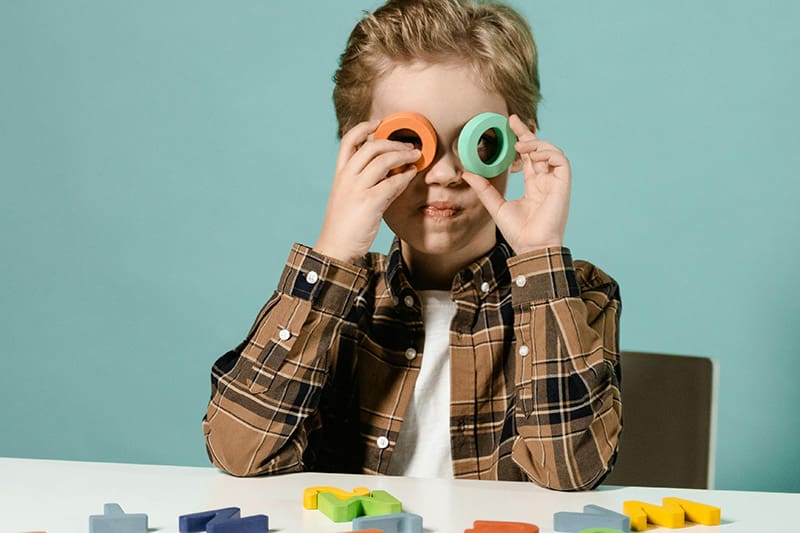The /s/ sound is made by placing the tip of your tongue just behind the front teeth, very close to the roof of the mouth but not touching it. The sides of the tongue are raised to touch the roof of the mouth, leaving a passage for air down the middle of the tongue. The sides of the tongue should also rest against the side of your teeth, which should be together. Finally, the lips should be parted slightly with the corners drawn up, like a smile. The /s/ sound is unvoiced, so the sound comes purely from the air travelling through the passageway created in your mouth and through your teeth.
This is a trickier sound for kids to make and it is common for children replace it with the /th/ sound. Your child should begin getting the sound by around three years and should have it mastered by age seven or eight. The /s/ sound has a little more leeway in the age by which it needs to be developed, but if your child has trouble pronouncing it, the longer you wait to seek help, the more difficult it will be to remediate the sound. If your child is over eight years old and still has a lisp or other difficulty with the sound, it is highly recommended that you consult with a licensed speech-language pathologist as soon as possible.
At any stage in your child’s language development, practicing articulation at home can be a wonderful activity for you and your child. Schedule specific time to spend working on articulation with your child and take advantage of smaller moments like making dinner or walking to the park to reinforce your practice.
Here are a few speech therapist recommended activities for you and your little one:
- Verbal cues
When you practice a specific sound with your child, begin by pronouncing the sound slowly and clearly for your little one. With a sound like /s/ that does not have an inherent end point, say it one a time, for a few seconds each: “/s/”. This helps your child understand the single sound you will be focusing on, and provides a correct example for her to imitate. As your child masters the individual sound, move on to simple syllables by adding vowels to the /s/: “so, so, so,” “see, see, see,” “sa, sa, sa.” With time and practice, your little one will be able to move on to words and, eventually, sentences and conversation.
- Visual Cues
Often accompanying a sound with a visual cue helps to ground the idea for a child and provides an association for them to remember the sound in the future. When you pronounce the /s/ sound for your child, place your index fingers at the corner of your mouth and pull them back towards your ears as your mouth stretches to make the sound. Encourage your child to do the same each time he pronounces the sound. Practice with a mirror for even more visual feedback.
- Tactile Cues
Speech therapists often use tools similar in size and shape to a tongue depressor or a toothbrush that are specifically designed to help children with the placement of their mouth for certain sounds. Ask a speech-language pathologist about tools like the Speech Buddies for tactile help in improving articulation. These tools are effective, but should only be used with the help of a trained therapist.
- Awesome /s/ Activities
The /s/ sound is particularly fun because it is the “snake sound”. Put your hands together with the palms flat and facing each other, then move your arms side to side as though you are a snake. Encourage your child to do the same and slither around the house together making the /s/ sound. Create games and challenges for your little snake; he must name and then eat every object he finds that begins with /s/, or he must introduce himself to all the family members as “I am Sam, the slimy, slithering snake!” Kids love these activities and they are a great way to reinforce the /s/ sound!












